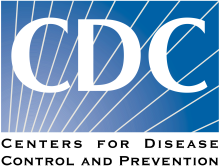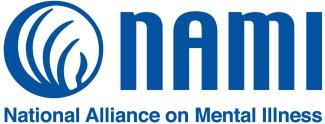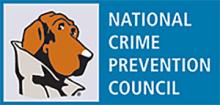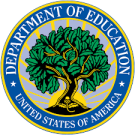Community Anti-Drug Coalitions of America (CADCA
When it comes to preventing drug and alcohol abuse, there is no one-fits-all approach. It takes solutions that are based on a community'sunique problems and circumstances. Since 1992 Community Anti-Drug Coalitions of America (CADCA) has been training local grassroots groups in effective community problem-solving strategies, teaching them how to assess their local substance abuse-related problems and develop a comprehensive plan to address them. Today, CADCA is the nation's leading drug abuse prevention organization, representing the interests of more than 5,000 community anti-drug coalitions in the country.
Centers for Disease Control and Prevention (CDC)

CDC's mission is to collaborate to create the expertise, information, and tools that people and communities need to protect their health – through health promotion, prevention of disease, injury and disability, and preparedness for new health threats. The CDC also manages the Drug Free Communities (DFC) program.
Centers for the Application of Prevention Technologies (CAPT)

Supported by the Substance Abuse and Mental Health Services Administration (SAMHSA), the Center for the Application of Prevention Technologies (CAPT) promotes the application of prevention science to advance state, tribal, jurisdictional, and community efforts to address substance use and misuse.
Indian Country Today

Indian Country Today is an award-winning multimedia publisher of news, information, and imagery relevant to the Indigenous people of the Americas. Their mission is to better the lives of Indigenous peoples by delivering accurate, relevant, and culturally sensitive content.
Indian Health Service

The Indian Health Service (IHS), an agency within the U.S. Department of Health and Human Services, is responsible for providing federal health services to American Indians and Alaska Natives. The IHS is the principal federal health care provider and health advocate for Indian people, and its goal is to raise their health status to the highest possible level. The IHS provides a comprehensive health service delivery system for approximately 2.2 million American Indians and Alaska Natives who belong to 573 federally recognized tribes in 37 states.
National Alliance on Mental Illness (NAMI)

NAMI supports education efforts focused on educating America about mental illness, offering resources, and insisting that mental illness become a high national priority.
National Council on Problem Gambling

The Mission of the National Council on Problem Gambling is to increase public awareness of pathological gambling, ensure the widespread availability of treatment for problem gamblers and their families, and to encourage research and programs for prevention and education.
National Crime Prevention Council

The National Crime Prevention Council (NCPC) helps people keep themselves, their families, and their communities safe from crime. To achieve this, NCPC produces tools that communities can use to learn crime prevention strategies, engages community members, and coordinates with local agencies.
National Institute on Alcohol Abuse and Alcoholism (NIAA)

NIAAA provides leadership in the national effort to reduce alcohol-related problems by:
- Coordinating and collaborating with other research institutes and Federal Programs on alcohol-related issues.
- Collaborating with international, national, state, and local institutions, organizations, agencies, and programs engaged in alcohol-related work.
- Translating and disseminating research findings to health care providers, researchers, policymakers, and the public.
National Institute on Drug Abuse (NIDA)

NIDA's mission is to lead the Nation in bringing the power of science to bear on drug abuse and addiction.
Substance Abuse and Mental Health Services Administration (SAMHSA)

The Substance Abuse and Mental Health Services Administration (SAMHSA) is the agency within the U.S. Department of Health and Human Services that leads public health efforts to advance the behavioral health of the nation. SAMHSA's mission is to reduce the impact of substance abuse and mental illness on America's communities.
United States Department of Education (USDOE)

The mission of the Department of Education is to promote student achievement and preparation for global competitiveness by fostering educational excellence and ensuring equal access. It engages in four major types of activities:
- Establishes policies related to federal education funding, administers distribution of funds and monitors their use.
- Collects data and oversees research on America's schools.
- Focuses national attention on key educational issues.
- Prohibits discrimination and ensures equal access to education.

